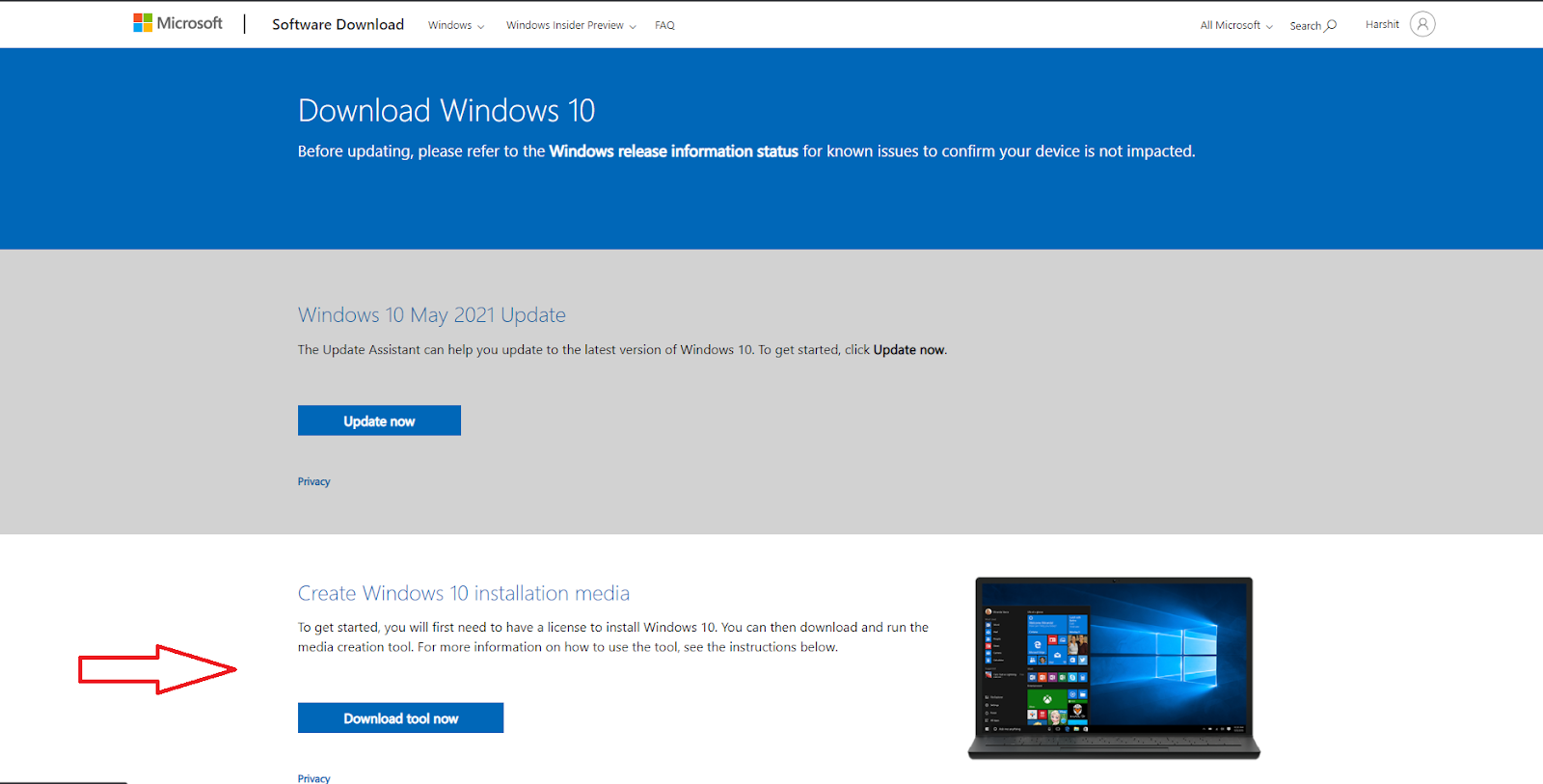
Step 2 - Copy Windows Setup to the USB flash drive After the installation of Windows 10, you can enable secure boot again.If Mark Partition as Active isn't available, you can instead use diskpart to select the partition and mark it active.

As a result, check your device manufacturer's support website for more specific instructions. The firmware settings are different per manufacturer and even by device model. Typically, you would do this from within the UEFI, which you can access by hitting one of the function keys (F1, F2, F3, F10, or F12), Esc, or the Delete key, as soon as you start the computer. However, since the "UEFI:NTFS bootloader" does not include a digital signature for secure boot, you must temporarily disable secure boot on the motherboard firmware before you can boot into the setup. When you have the USB boot media with support for UEFI systems, you can launch the "Windows Setup" wizard to perform a clean installation of Windows 10 or an in-place upgrade. Once you complete the steps, Rufus will run the automated script to download the Windows 10 ISO file from the Microsoft servers and create a bootable media to install the operating system on a UEFI device without needing the Media Creation Tool.

If the Media Creation Tool does not work or you do not want to use it, then you can try Rufus, a popular free third-party tool that allows you to create an installation media with support for UEFI devices. How to create Windows 10 UEFI boot media with Rufus Once you complete the steps, the Media Creation Tool will download the files and will create a bootable USB flash drive that you can use to install Windows 10 on computers with support for UEFI and BIOS.


 0 kommentar(er)
0 kommentar(er)
